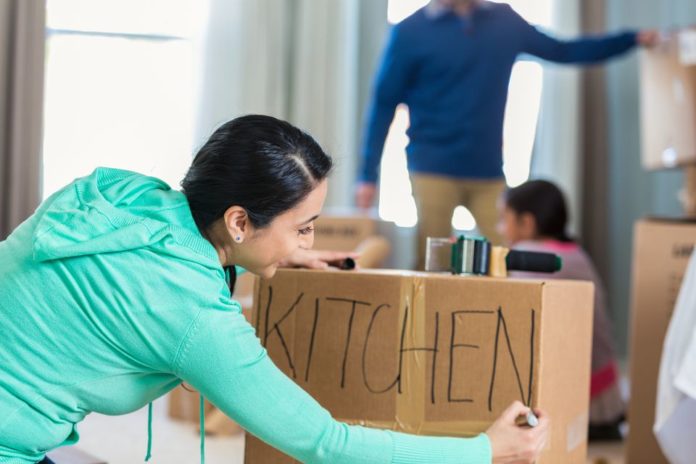
The kitchen is one of the most difficult rooms to move. In most houses, it holds the largest number of small items and the largest number of breakable items. It also has the largest number of dangerous items in the form of knives.
When packing up your house or apartment, the kitchen will take the longest amount of time. It’s best to get it out of the way first. And if you decide not to get help from a moving service like this one, these are the things that you need to do yourself to pack in the most efficient way possible
Sort out what you need
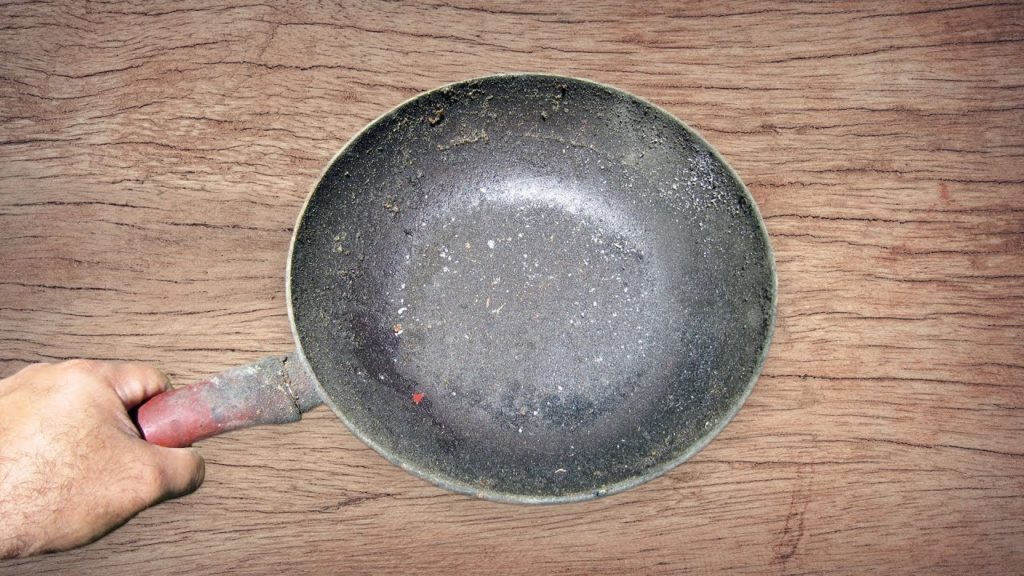
It’s always good to get rid of some things when moving, but kitchen items always seem tough to throw out. Take stock of all the things you have and separate the things you use regularly from the things you just like. Don’t sort by usefulness, you will fool yourself every time. If you have a waffle iron that you haven’t used more than twice, that can go. If you have specialty items like a fondue set, jelly molds, or a popcorn maker, chances are you don’t need them. It doesn’t matter how useful these things seem. Be honest. How often are you going to use them? The things you do need are your standard frying pans, saucepans, a kettle. Not much else.
When it comes to plates and cups, if you are like most people, you have amassed quite a lot. Sort out the ones you have never used and give them away or discard them.
I know. You might use them one day. You might have a big party, and you will need all those plates and cups. Yeah right. If you ever do have a big party, you can just buy paper plates. If you have dishes that you haven’t used in years, then chances are you aren’t going to use them in the future. Just get rid of them. They are a clutter. Getting rid of them will make your move a lot easier and it’s less stuff weighing you down.
Get all the packing equipment you need
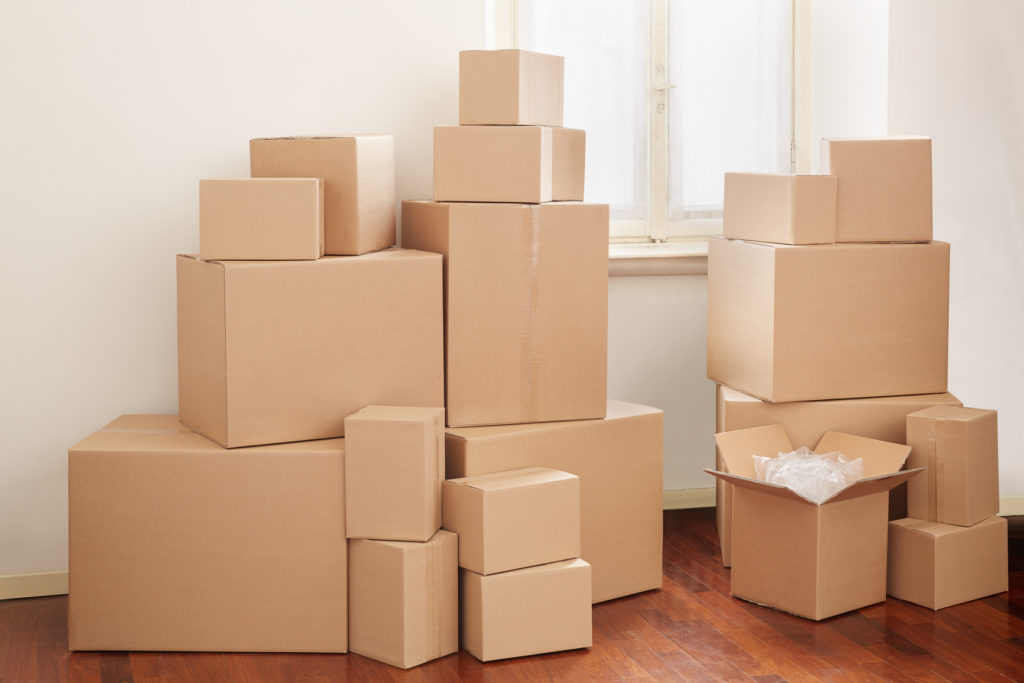
The kitchen is the hardest room to pack because of all the fragile items that come in different sizes. There are also knives and other dangerous items as well.
If you are packing your condo, flat or apartment yourself it’s better to buy heavy-duty boxes for all the plates. You will also need smaller boxes for cups and saucers. Packing paper is essential. All the dishes will need to be packed tight with paper so they don’t crack or chip during the journey. Place the paper in between each palate when they are stacked up. This will stop them from rubbing against each other and getting scratched.
For items like wine glasses, get some cardboard dividers. Wrap the wine glasses in paper thoroughly, then place them in a box with the dividers to keep them apart. All stem-ware should be packed with dividers as it is the most delicate.
Knives should be kept in a knife block or something similar that will keep the sharp edges from fraying the packaging. For very sharp knives, keep them in a hard case lined with padding. Make sure they cannot move around during transit so they can’t cut anything. Metal pots and pans will need a large box. While they are unlikely to get damaged, that can be dented during the moving process. Make sure to pack them well and use packing paper to ensure they can’t move around in the box.
Keep some essential items separate
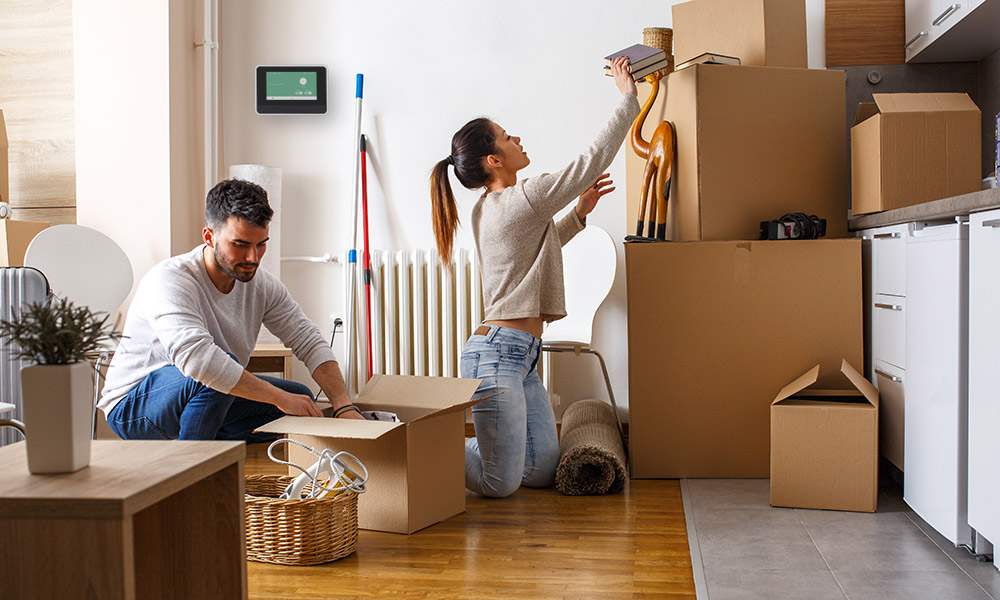
If you pack up your kitchen the day before you move, you will still need to eat that night. Keep some knives and forks and plates handy for the night before the move. You will also need them on your first night in your new house since you are unlikely to have everything unpacked on the first day. You will need knives, forks, spoons, plates, and cups for each member of your family. Set them aside in their own box and label it. This way you won’t have to go hunting through boxes when it’s time to eat.
It is a good idea to set aside a dish towel and some soap. You may need a sponge and some rubber gloves too. Also, don’t forget any appliances that you will need. It may not be a good idea to pack away the toaster if you will be eating breakfast on the day of the move. Just keep one box for all the essential items and set it aside. It will make moving a lot easier.
Pack methodically
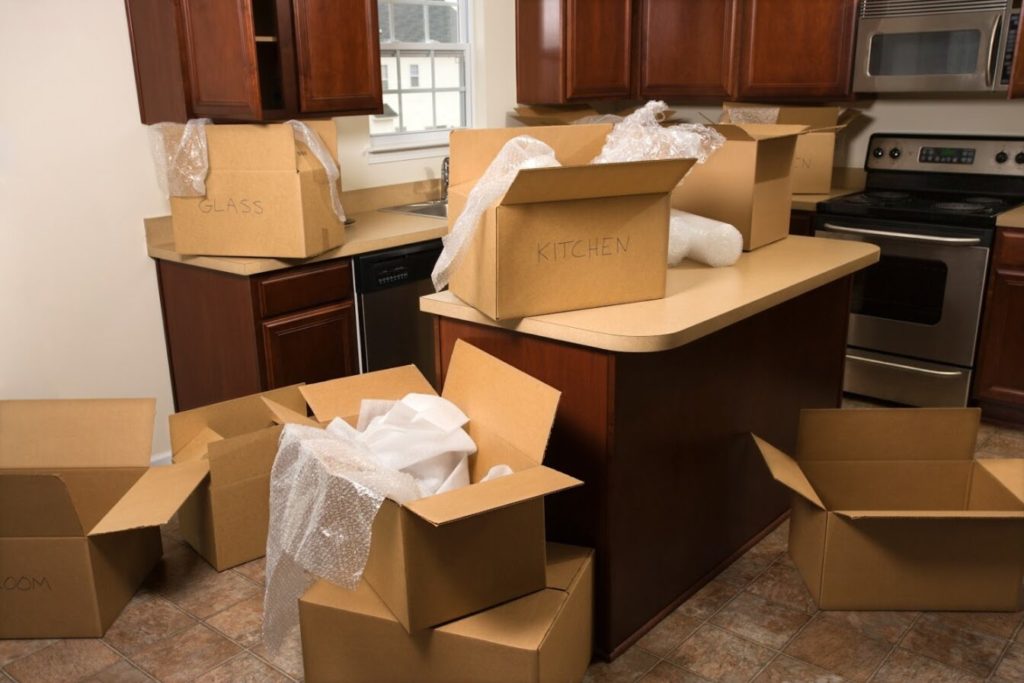
If you start packing items without planning, you will quickly get lost. It’s a good idea to pack one drawer at a time. Get all of the flatware out of the way before you start on pots and pans. When the pots and pans are sorted out, pack the dishes and cups. Leave glassware until last. They are the fussiest when it comes to packing so it will take most of your time. Don’t wear yourself out by doing it first. You will feel too drained to keep going.
Wherever possible, get the large pots in the bottom of a box, then put medium-sized pots inside it, and smaller pots inside those. Do the same with bowls, pack large ones on the bottom and put smaller ones inside them.
For appliances, pack them in their original packaging if you still have it. That is the easiest way to protect them. If you don’t have it anymore, you can improvise. Put them in a small box. Make sure they fit snugly and won’t move around. Use packing paper too. For larger appliances like your fridge, unplug them and remove any hoses or other parts. Tape the doors shut and make sure there is nothing that will open or stick out.
Sort out your food items
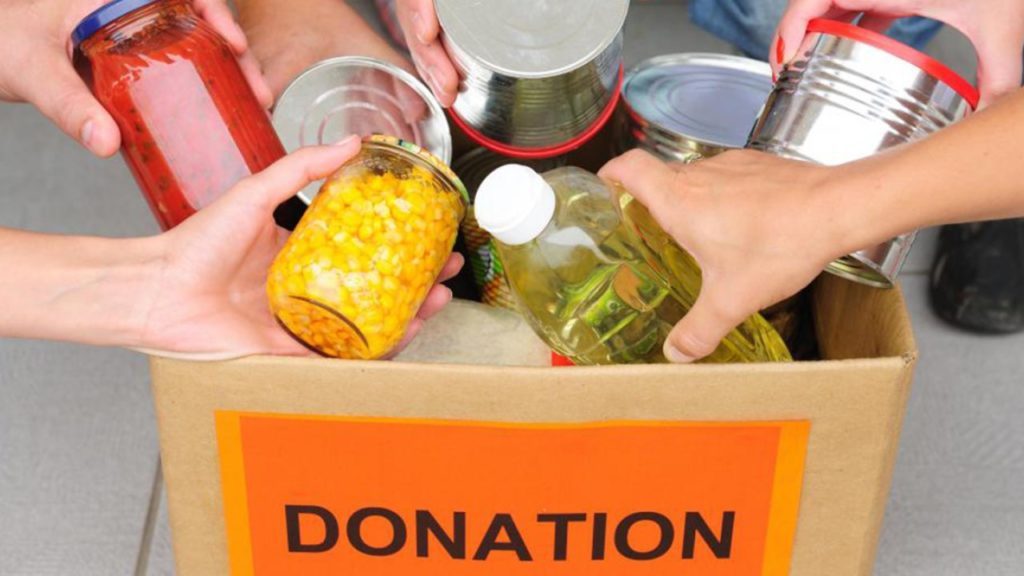
Now is a good time to clean out your pantry. Throw out anything that has expired. Anything that is still good that you don’t want to keep can be donated. Make sure that everything else is sealed properly. For open packages, you can use clothes pegs to keep them closed. Use a small box to hold all your spices and pack them tight with packing paper. Any perishable items will need to be eaten before moving, or just throw them away.














